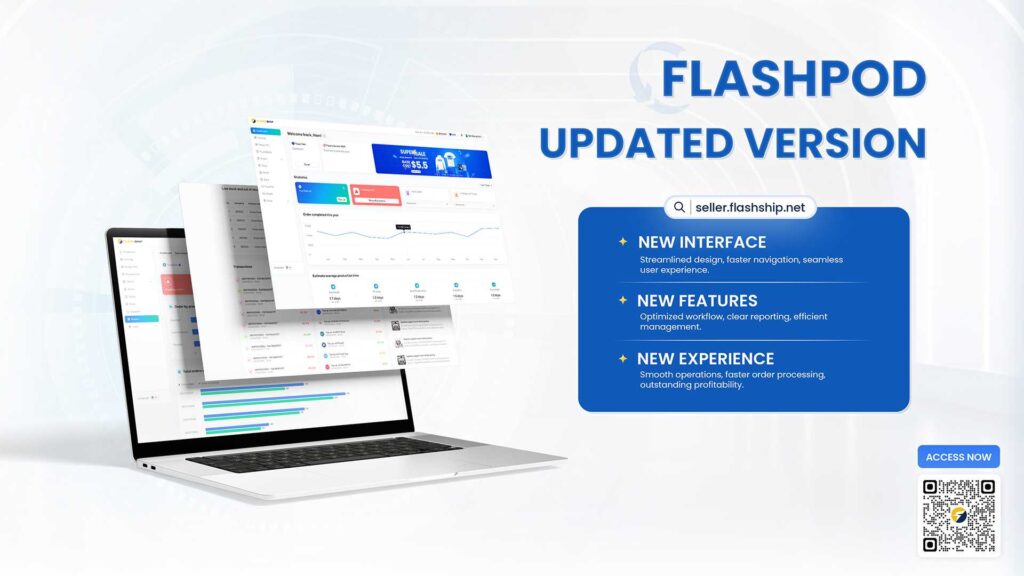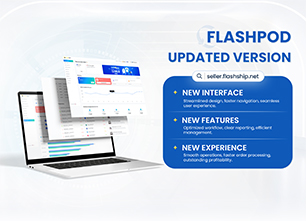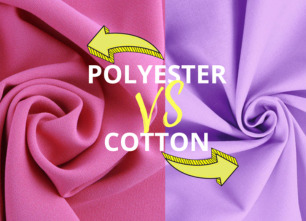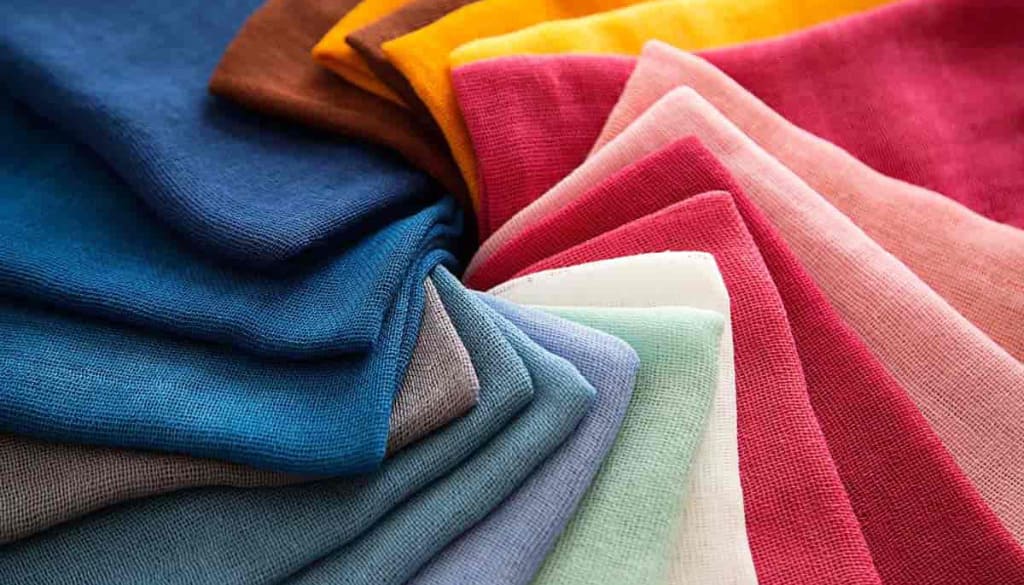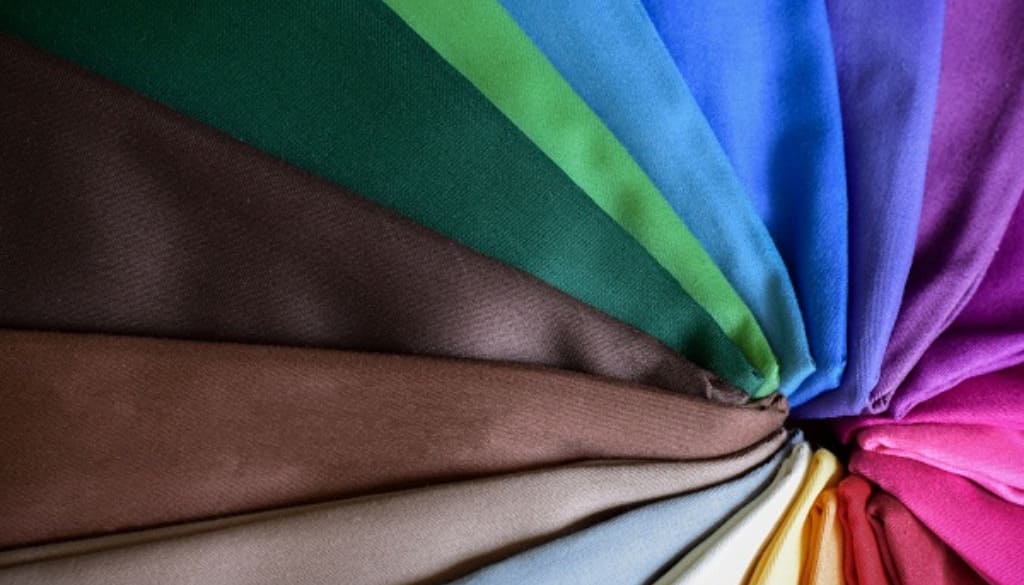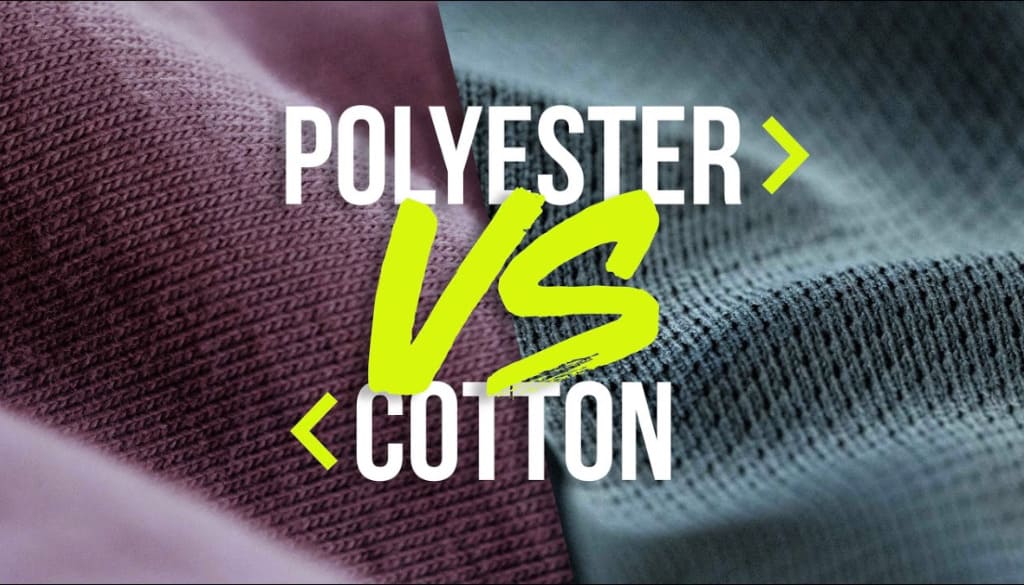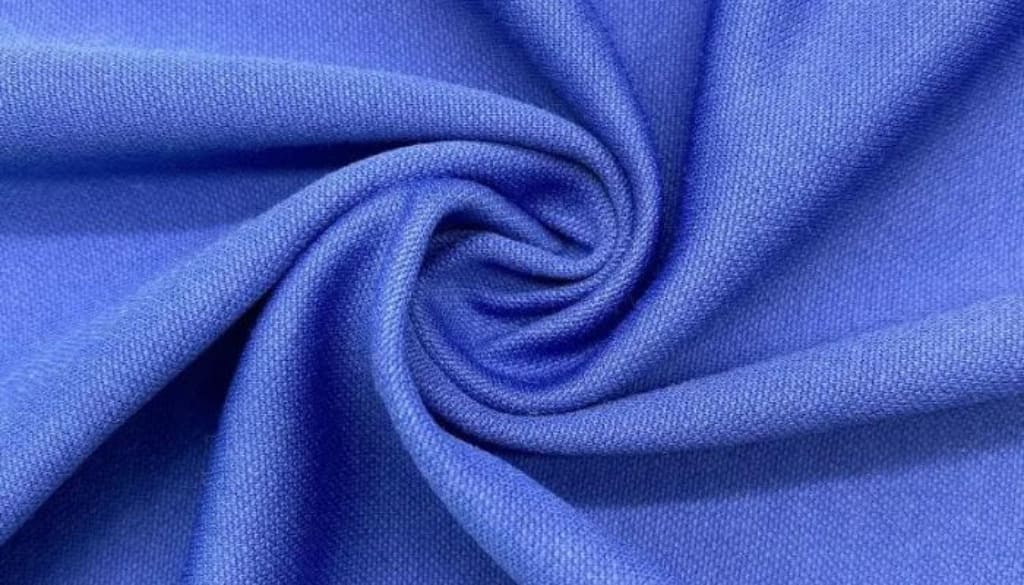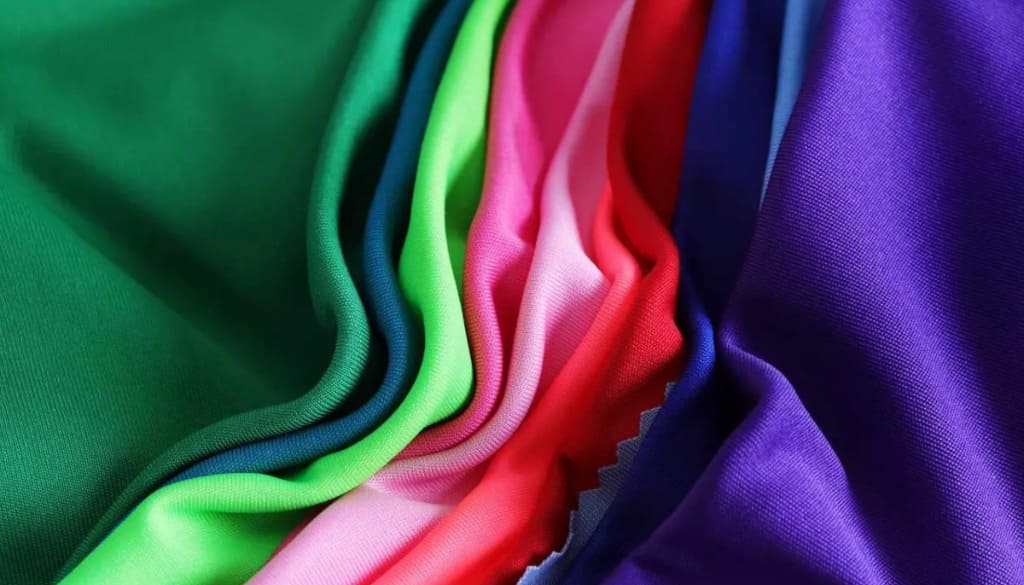In the competitive world of Print on Demand (POD), a well-designed t-shirt does more than just catch the eye it directly impacts your sales performance. With thousands of products on e-commerce platforms like Etsy, Amazon, TikTok Shop, and Walmart, creating standout, trend-driven t-shirt designs is the key to seller success.
This article will share 10+ essential design tips to help you not only improve product quality but also boost conversion rates and maximize revenue.
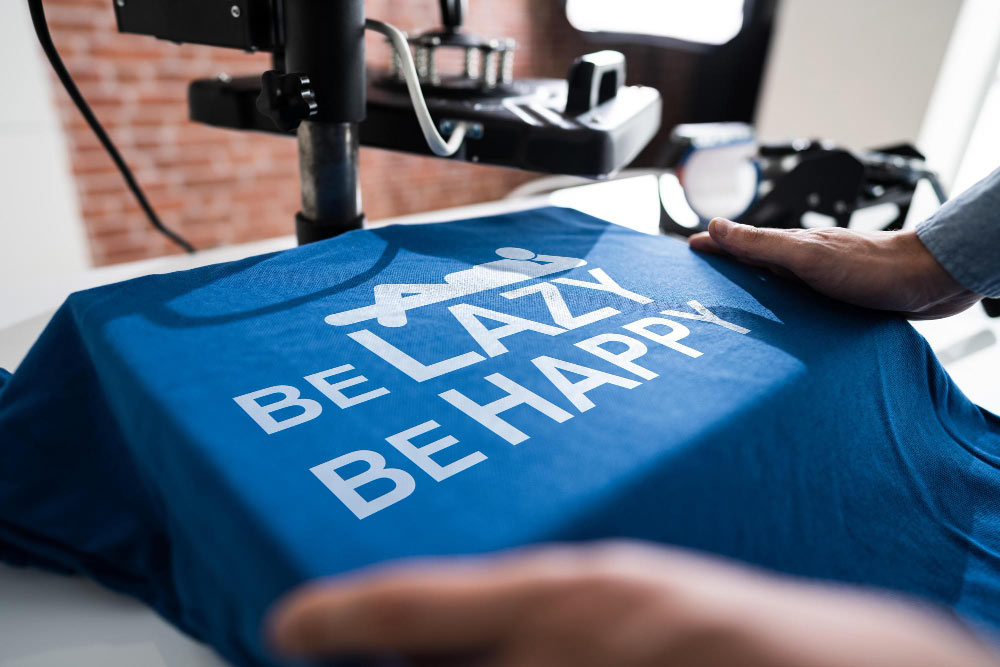
Basic Principles of POD T-Shirt Design
Before diving into advanced tips, it’s essential to understand the basic principles of POD t-shirt design. These fundamentals serve as the foundation to ensure your products are high-quality and appealing to customers.
T-Shirt Blank Quality
Think of the t-shirt blank as a canvas and your design as the artwork. A poor-quality canvas can never do justice to a beautiful painting. Similarly, an outstanding design printed on a low-quality shirt with thin, easily stretched fabric will immediately diminish the product’s value and leave customers disappointed. This not only leads to negative reviews but can also harm your brand’s reputation in the long run.
Choosing a reliable t-shirt blank supplier is crucial for success. Here are some of the most popular and trusted options among the POD seller community:
- Gildan 5000: The “go-to” choice for many sellers, known for its affordable price, consistent quality, and classic fit. Perfect for bulk campaigns or targeting customers who prioritize budget-friendly options.
- Bella + Canvas 3001: Known for its soft, lightweight, and breathable fabric, this shirt provides a premium, fashionable feel. It’s ideal for trendy designs aimed at younger audiences seeking style and comfort.
- Comfort Colors 1717: True to its name, this shirt delivers exceptional comfort with its thick, durable fabric. It features a garment-dyed finish that creates a unique vintage effect, making it perfect for retro or nostalgic designs.
Pro Tip: Don’t hesitate to order samples from suppliers. Feel the fabric yourself, check the stitching, and even wash the shirt to test colorfastness before deciding to make it a flagship product in your store.
Technical Specifications
A design that looks stunning on screen can turn into a disaster when printed if you don’t follow proper technical requirements. To ensure your prints are always sharp, vibrant, and free from blurriness or pixelation, keep these key points in mind:
- Resolution: Always set your design file to a minimum resolution of 300 DPI (dots per inch). This is the gold standard in the printing industry to guarantee the highest image quality.
- Dimensions: Use the recommended standard sizes provided by POD platforms. A common and safe size is 4500 x 5400 pixels, which is optimal for print areas on most t-shirt types.
- Transparent Background: Save your design in PNG format with a transparent background. This allows you to apply the design to any shirt color without unwanted white or black boxes appearing behind the artwork.
The Power of Color
Color isn’t just for decoratio, it has the power to evoke emotions and convey messages. A thoughtfully chosen color palette can make your design stand out and create a stronger connection with your customers.
- Limit Your Color Palette: To keep your design professional and visually appealing, limit your color palette to 3–4 main colors.
- Check Contrast Levels: Always test your design on mockups with both light and dark shirt colors. For instance, a black element will disappear on a black shirt. Make sure every detail remains visible and clear across various shirt colors to give customers more options.
Understanding Your Target Audience
Designing isn’t about creating something for yourself, it’s about creating for your customers. Before you start sketching, take time to research and answer these key questions:
- Who are they? Consider their gender, age, occupation, interests, and who they follow on social media.
- What do they care about? Identify the stories, quotes, or images that will resonate with them emotionally or make them laugh.
- Why are they buying the shirt? Is it to express their personality, to give as a gift, or to wear at a specific event?
Advanced Tips to Make Your T-Shirt Designs Stand Out
Once you’ve mastered the basics, it’s time to elevate your designs and gain a competitive edge in the POD market.
Optimize the “First Glance” to Capture Attention in 3 Seconds
On e-commerce platforms, customers scroll through hundreds of products in just a few minutes. You only have about 3 seconds to grab their attention before they move on. That’s why your design needs to create an instant visual impact.
- Create a strong focal point: The main element of your design—whether it’s an image or text should take up about 60–70% of the space and be positioned at the center. This creates a clear point of focus, allowing customers to grasp the message immediately.
- Prioritize clarity: Use bold, large, and easily readable fonts that stand out even in thumbnail view. Avoid overly small details or thin lines that may disappear on a smaller screen.
- Leverage the power of negative space: Don’t overcrowd your design with too many elements. Adequate spacing around key components makes the design look clean, professional, and draws attention to the core message.
For example, a shirt with the bold text “DOG DAD” paired with a simple dog silhouette will be far more effective than a cluttered design with multiple images and tiny text.
Stay Ahead of Trends
Designing with trends in mind is one of the fastest ways to create seasonal bestsellers. However, staying on top of trends requires both agility and strategy.
- Use smart tools:
- Google Trends: Helps you identify keywords, topics, or events experiencing a surge in search volume. This is a goldmine for spotting potential “hot trends.”
- Marketplace search tools (Etsy, Amazon): Type in a niche keyword (e.g., “vintage floral shirt”) and look at Bestseller listings. Analyze what they have in common in terms of color schemes, layouts, and styles.
- Social media (Pinterest, TikTok, Instagram): These platforms are at the forefront of aesthetic trends. Search hashtags like #tshirtdesign or #styleinspo for endless inspiration on what styles are currently popular.
- Plan ahead for major holidays:
Events like Halloween, Christmas, Mother’s Day, and Valentine’s Day are peak seasons for POD. Prepare and upload relevant designs at least 1–2 months in advance. This gives your products enough time to be indexed by marketplace algorithms and displayed to customers right when demand spikes.
Professional Typography
In text-based designs, typography is the soul of your artwork. The right font can elevate the entire design, while the wrong choice can ruin it completely.
- Invest in high-quality fonts: Use professionally designed fonts that ensure readability and have clear commercial licensing.
- Match the theme: Choose fonts that reflect the “personality” of your message.
- Example: Handwritten fonts work well for vintage or retro themes, while bold, sans-serif fonts like Montserrat or Bebas Neue are ideal for minimalist or inspirational designs.
- Avoid fonts that are too thin, making them hard to read when printed, or overly ornate, which can appear cluttered and distracting.
Diversify Your Options
Don’t limit your customers. The same design can appeal to different audiences simply by offering it on a variety of shirt colors. Providing multiple color options increases the chances of closing a sale, as customers are more likely to find a version that suits their personal style.
Make sure your design looks great on at least three color groups:
- Light colors: White, cream, and pastel shades (light pink, mint green).
- Dark colors: Black, navy blue, deep olive green.
- Neutral colors: Gray, charcoal, beige.
Optimize for Production (Fulfillment)
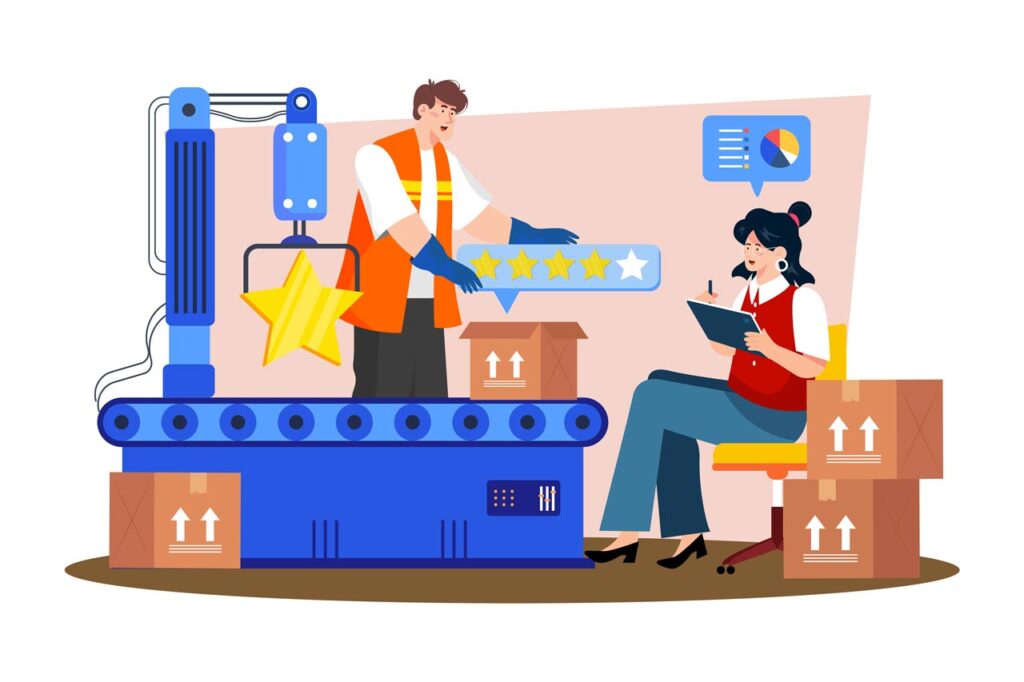
A perfect design should ensure a smooth printing process. Production errors not only increase costs but also reduce customer satisfaction.
- Follow the Safe Area Guidelines: Always keep important elements of your design within the safe print area specified by your fulfillment provider. This prevents parts of your design from being cut off during the printing process.
- Check diverse mockups: Don’t just preview your design on t-shirts. Test it on other products you plan to sell, such as hoodies, sweatshirts, and tote bags. A design that looks great on a t-shirt may need size or placement adjustments to fit a hoodie with a front pocket.
- Consider DTG printing limitations: DTG (Direct to Garment) is the most common printing method in POD. However, it may struggle with ultra-fine details, overly complex gradients, or transparency effects. Keep your design clear and straightforward to ensure the final print maintains the highest quality.
Common Mistakes to Avoid in POD T-Shirt Design
A great design can drive breakthrough sales, but even a small mistake can ruin everything. For POD sellers, recognizing and avoiding common pitfalls is crucial for success.
Here are some classic mistakes you should keep top of mind to ensure your designs stay on track.
Overly Complicated and Hard-to-Read Designsp
In the digital world, you only have 3–5 seconds to grab a customer’s attention as they scroll through products. A design that’s overloaded with details, overly complex, or has a confusing message will be quickly ignored.
- Customer mindset: Shoppers are looking for a shirt that clearly expresses their personality or delivers a message they can connect with instantly. If they have to “decode” your design, they’ll simply move on to a simpler, more straightforward option.
Solutions:
- Prioritize simplicity: Focus on a single idea, one main visual element, or one strong slogan.
- Leverage negative space: Give your design “room to breathe.” This helps highlight the main element and creates a clean, professional look.
- Ensure readability: Choose fonts that are clear and legible, even from a distance or when viewed as a small thumbnail. Also, check the contrast between text/image colors and the shirt background to make sure everything is easy to see.
Using Copyright-Infringing Images
This is the most serious mistake you can make, it’s like a “death sentence” for your POD business. Copyright infringement can lead to your shop being permanently banned from platforms like Merch by Amazon, Etsy, TikTok, Redbubble, and more. Worse, it can result in costly legal issues.
Content you must absolutely avoid:
- Logos, characters, or symbols from Disney, Marvel, DC Comics, Nintendo, etc.
- Names or logos of well-known brands (Nike, Adidas, Gucci), sports teams, or music bands.
- Quotes from movies, song lyrics, or copyrighted books.
- Images of celebrities or politicians without explicit permission.
Safe solutions:
- 100% original designs: The most sustainable and safest approach is to create everything yourself.
- Use legal resources:
- Free resources for commercial use: Unsplash, Pexels (for photos), Freepik, Pixabay (with free options).
Note: Always read the license terms carefully before using.
- Paid resources: Creative Fabrica, Vexels, and Envato Elements are excellent platforms with massive libraries of graphics designed specifically for POD sellers. The investment is minimal compared to the risks of copyright violations.
Not Checking Mockups Before Listing
A mockup is a visual representation of your design on an actual product. Skipping this step is like selling a house without showing any pictures. Without mockups, customers can’t visualize the scale, colors, or placement of your design on the shirt, which significantly lowers your conversion rates.
Why mockups matter:
- Build trust: High-quality, realistic mockups make your product look professional and credible.
- Visualize the product: Help customers imagine what they’ll look like wearing the shirt.
- Catch design errors: Identify issues such as a design being too large or too small, poorly placed, or having colors that don’t match well with the shirt color.
Solutions:
- Always prepare at least 3–5 mockup images for each product, showing different angles and contexts (e.g., flat lay mockups, model wearing mockups).
- Ensure the mockup colors are accurate and consistent with the actual color options provided by your supplier.
- Use tools like Placeit or professional PSD mockup files to create attractive and realistic product images.
Lack of Style Consistency (Brand Identity)
A store where every product has a completely different style for example, one minimalist design, one cartoon chibi design, and one retro design can confuse customers and fail to establish a recognizable brand identity.
Why consistency matters:
Consistency helps build brand recognition, foster a loyal customer base that loves your style, and encourages repeat purchases.
Solutions:
- Identify 2–3 core styles that you do best and that align with the niche market you’re targeting.
- Develop a basic brand identity system, including a consistent color palette, a few signature fonts, and a cohesive illustration style applied across all designs.
When customers see one of your designs, they should immediately recognize it and think, “Oh, that’s from Shop X!” and that is the ultimate goal of building a strong brand.
Tools & Inspiration for T-Shirt Design
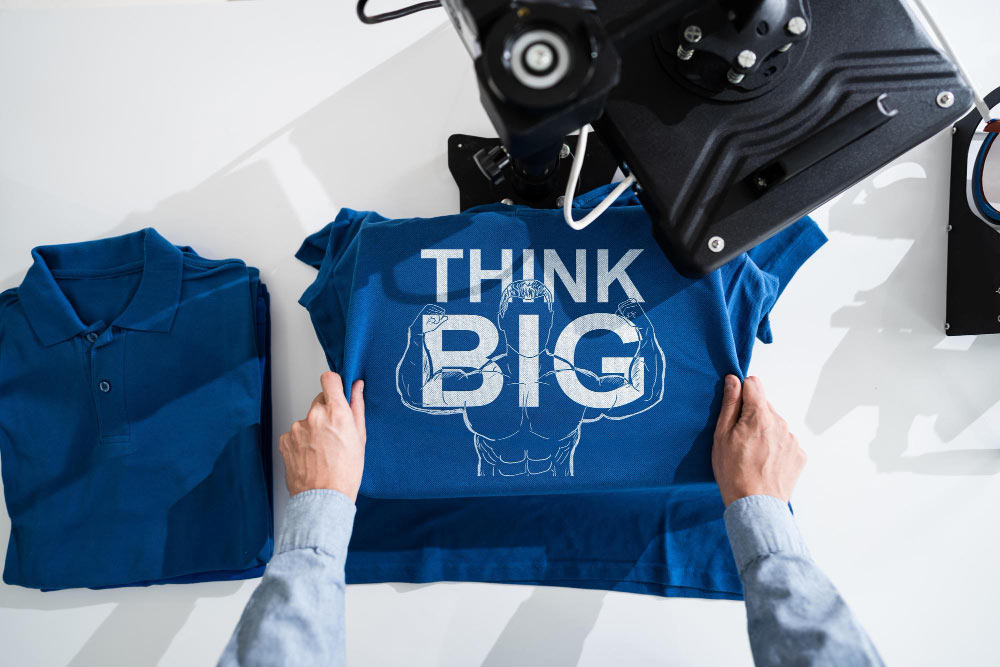
Turning ideas into best-selling products requires the right design tools and a constant source of creative inspiration. Whether you’re a beginner or an experienced designer, the following “weapons” will help you streamline your workflow and boost your sales.
Must-Have Design Tools
Choosing the right tools directly impacts both the efficiency and quality of your designs.
- Canva:
The perfect choice for beginner sellers. With its intuitive drag-and-drop interface and vast resource library, Canva makes it easy to create professional-looking typography designs quickly and effortlessly.
- Adobe Photoshop & Illustrator:
The industry-standard duo for those who want full creative control.
- Illustrator excels at creating sharp vector graphics, ideal for logos and slogans.
- Photoshop is powerful for photo editing and complex visual effects.
- Placeit:
A lifesaver for creating high-quality mockups. This platform offers thousands of realistic t-shirt mockup templates, making your products look professional and attractive without needing photography skills.
- Procreate (iPad):
Perfect for those who love hand-drawn illustration. Procreate allows you to create exclusive, custom artwork, helping your brand stand out from competitors with truly unique designs.
Endless Sources of Design Inspiration
Powerful tools are most effective when paired with breakthrough ideas. Here are some platforms to help you spark creativity and stay ahead of trends:
- Pinterest & Etsy:
Two absolute goldmines for market research and t-shirt design inspiration.
- Pinterest is perfect for exploring visuals, color palettes, and typography trends.
- Etsy allows you to see which products are actually selling well within your niche.
- TikTok & Instagram:
The birthplace of viral trends.
- Follow trending videos, memes, and hot topics to capture market demand and create timely, shareable designs with high viral potential.
- Dribbble & Behance:
Communities of professional designers where you can level up your design mindset.
- Learn advanced layout techniques, master color combinations, and draw inspiration to create high-quality, standout products.
Tailored T-Shirt Design Tips for POD Sellers
To maximize profits and build a sustainable POD brand, sellers need more than just attractive designs they need a smart strategy. Apply these specialized t-shirt design tips to stand out and thrive in the competitive POD market.
Always Test Samples Before Selling
In the POD model, you don’t physically handle the products, so ordering a few samples is a wise investment to ensure quality.
- Check print quality and fabric feel firsthand.
- Verify color accuracy compared to the mockup.
- Assess print placement and durability after washing.
A high-quality product will help you earn 5-star reviews, build customer trust, and reduce the risk of returns and refunds.
Plan Your Designs Around Seasonal Sales
Don’t wait until the last minute! POD sales skyrocket during major holidays, so planning ahead is essential.
- Prepare your designs 1–2 months in advance for peak seasons like Valentine’s Day, Mother’s Day, Halloween, and especially Christmas.
- Early preparation gives you time to brainstorm creatively, organize marketing campaigns, and capture market share as soon as demand spikes.
Use Data to Optimize Your Designs
Avoid designing based on guesswork.
- Monitor top-selling products on major platforms to understand current trends.
- More importantly, analyze FlashPOD data to determine which designs your customers love most and which shirt colors are your current best-sellers.
Data is your compass for success, guiding you to replicate winning designs while phasing out underperforming products.
Make the Most of FlashShip’s Support
FlashShip isn’t just a fulfillment partner it’s a launchpad for your success. Take advantage of the FLASHSTART program and receive $20 FREE to get started with zero risk. Use this credit to:
- Test fulfillment quality: Order samples to personally experience fast shipping (just 1–2 days) and accurate, platform-ready tracking systems.
- Send products to influencers: A powerful marketing strategy to get authentic review videos that attract new customers.
In today’s highly competitive POD world, t-shirt design goes beyond aesthetics it’s a strategic business tool that can determine your shop’s success. A standout, high-quality design helps you build a strong brand identity, win loyal customers, and skyrocket sales, especially during peak holiday seasons.
Start today by researching the market, choosing the right design style, optimizing every product detail, and applying the insights shared in this guide. Each design isn’t just a t-shirt it’s a story and a brand value you deliver to your customers.
FlashShip is committed to walking alongside you at every step from providing high-quality blanks and cutting-edge printing technology, to U.S. domestic shipping starting from just 2 days, and an intelligent, easy-to-manage fulfillment system. We’re more than a partner; we’re the launchpad that helps POD sellers conquer the global market.
For product consultation, design advice, or to create an account and start your POD business, contact us today at (+84) 943 024 337 or visit FlashShip.net for dedicated support.
